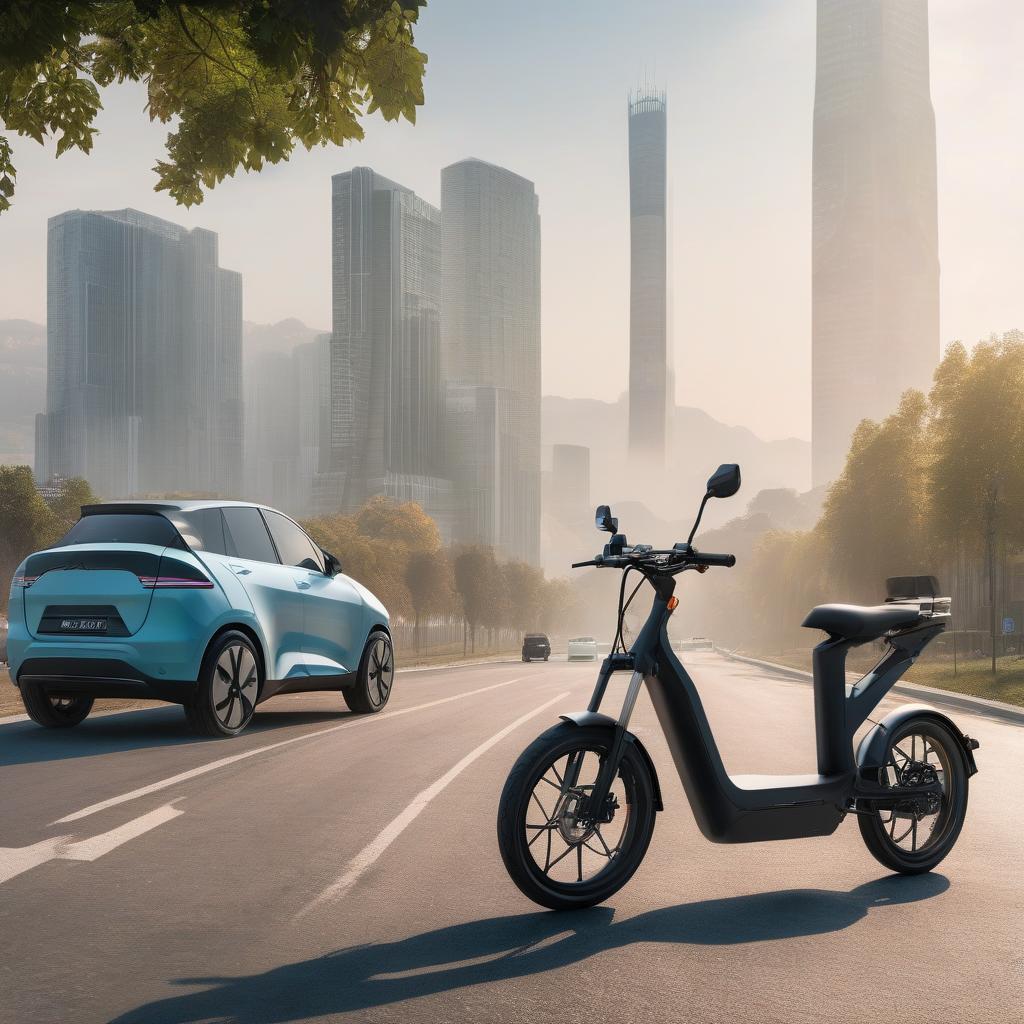The Rise of E-Bikes: A New Era in Urban Mobility
Introduction
Electric bicycles, commonly referred to as e-bikes, are transforming the landscape of urban transportation globally. With the integration of a compact electric motor, these bikes augment traditional pedaling with motorized assistance, offering a versatile, efficient, and environmentally friendly alternative to conventional commuting options. As society grapples with the challenges of climate change and urban congestion, e-bikes present an innovative and practical solution for many transportation needs.
The Growing Popularity of E-Bikes
The rise in e-bike usage can be attributed to several key factors:
- Environmental Benefits: As cities worldwide push for greener transportation solutions to combat pollution and traffic congestion, the zero-emission nature of e-bikes makes them an attractive choice. Unlike cars or motorcycles, e-bikes do not rely on fossil fuels, significantly reducing their carbon footprint.
- Economic Advantages: E-bikes are not only cheaper to purchase compared to most motor vehicles, but they also have significantly lower running costs. Maintenance, charging, and insurance generally cost much less than maintaining a car, making e-bikes a budget-friendly alternative for many commuters.
- Health and Well-being: While the electric motor provides assistance, e-bikes still require pedaling, thereby promoting physical activity. Riders have the flexibility to exert themselves as much or as little as they choose, accommodating a wide range of fitness levels and making cycling accessible to a broader demographic, including older adults or those with mobility challenges.
- Urban Convenience: Navigating through congested city streets is often quicker and more efficient on an e-bike than in a car. E-bikes can leverage bike lanes and pathways, bypassing traffic jams and offering flexible parking options, which is increasingly important as urban areas become more densely populated.
Technology and Design Innovations
The technological advancements in e-bikes over recent years have been remarkable, driving their popularity and accessibility:
- Battery Technology: Advances in lithium-ion battery technology have greatly enhanced e-bike performance, allowing for longer ride times and faster recharging. Many e-bikes now offer ranges exceeding 60 miles on a single charge, making them practical for daily commutes.
- Motor Types: E-bikes generally come equipped with either hub motors or mid-drive motors, each offering unique benefits. Hub motors are typically quieter and located in the wheel, which is ideal for flat terrain. Mid-drive motors provide better weight distribution and are preferable for hilly or uneven terrain.
- Smart Features: Integration with navigation systems and performance apps is becoming standard in e-bike models. Riders can track their speed, distance, and battery life, and even plan routes that optimize energy usage.
- Customizable Designs: From foldable models that are perfect for urban dwellers needing space-saving solutions, to mountain bikes equipped with powerful motors for rugged terrains, the design variety caters to every type of rider.
The E-Bike Community and Social Impact
As e-bikes become more mainstream, vibrant communities have emerged, both online and offline, where enthusiasts and newcomers alike exchange information and experiences. These communities play a crucial role in spreading knowledge, advocating for cycling infrastructure, and facilitating group rides and events:
- Online Forums and Resources: Websites like Reddit host active subreddits such as r/ebikes and r/bicycling, where users share comprehensive purchasing guides, maintenance tips, and personal experiences. These forums are invaluable for potential buyers wanting to make informed decisions and for existing users seeking the latest upgrades or troubleshooting advice.
- Local Groups and Rides: In many cities, local e-bike groups organize regular rides and events. These gatherings not only foster camaraderie but also raise public awareness around the benefits of e-biking and campaign for better infrastructure and legislation that supports biking as a mainstream mode of transportation.
Challenges and Future Prospects
While the benefits of e-bikes are numerous, there are challenges to overcome:
- Legislation and Infrastructure: Regulations concerning e-bike use vary widely, even within countries, affecting speed limits, access to bike lanes, and where they can be parked. Consistent and supportive legislation is needed to accommodate the growth in e-biking and ensure the safety of all road users.
- Charging Infrastructure: As with other electric vehicles, the availability of charging stations continues to be a hurdle. Urban areas must develop robust charging infrastructure to support widespread e-bike adoption.
- Public Perception and Awareness: There remains a subset of the public that is skeptical about the effectiveness and worth of e-bikes. Continued research and evidence showcasing their health, economic, and environmental benefits can help shift perceptions and encourage broader acceptance.
Conclusion
E-bikes stand at the forefront of a new age of personal transportation. Their ability to blend efficiency with environmental consciousness makes them ideal for the demands of modern urban living.


